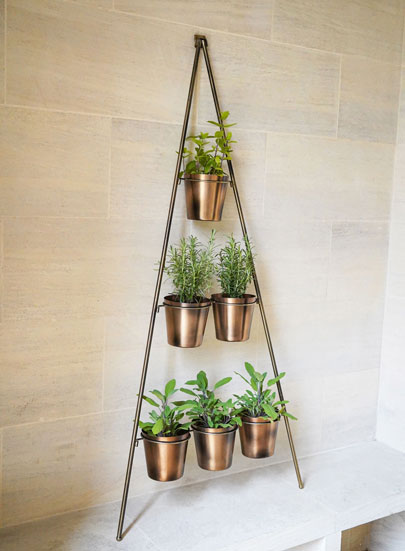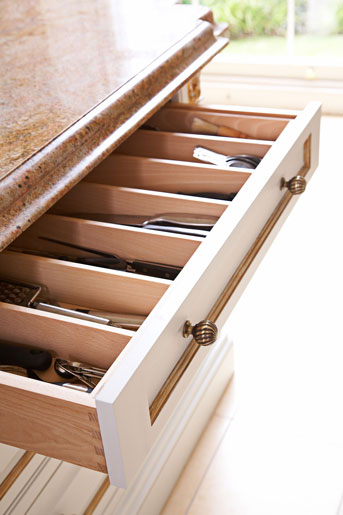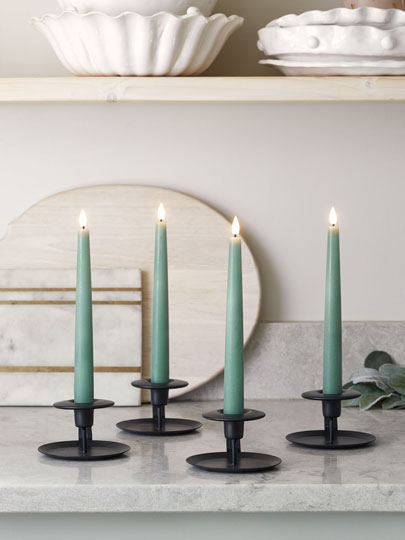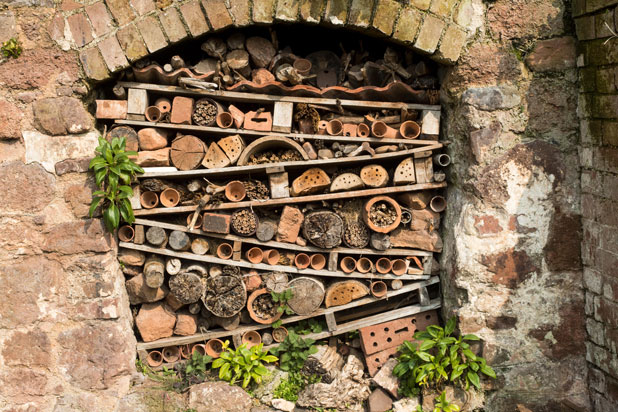Dive into a wealth of family friendly activities on offer before autumn arrives, says Sarah Marshall.
In a flash, it feels like summer is over – or did it ever really begin? But with a bank holiday to look forward to on Monday August 30 and hopefully some remaining warm days to enjoy, there’s still a chance to make the most of outdoor events, last-minute pop-ups and special seasonal festivals.
Brush up on art appreciation with an immersive exhibition about Van Gogh or take a steam train through Staffordshire on the world’s most scenic beer crawl. And rest assured even if it rains, the show will go on.

Surround yourself with art
Step into a haze of sunflowers or embrace a starry night in an immersive art exhibition dedicated to the artist Van Gogh. Set up inside the old stable yard of The Old Truman Brewery in London’s East End, the alternative art exhibition features 300 of the legendary Dutch painter’s sketches, drawing and paintings, all displayed using 360-degree digital projections.
Visitors can take part in a VR experience following a 10-minute journey through the artist’s life or unleash any flourishes of creativity in a drawing studio. Tickets cost from £19.90 for adults and £11.50 for children. Van Gogh: The Immersive Experience runs until February 2022. Visit vangoghexpo.com


Soak up the fun
Even if the bank holiday weather turns out to be nothing more than a damp squib, there’s plenty of opportunity to make a splash at Aqua Park’s inflatable obstacle course in Yarmouth on the Isle of Wight. There are more than 20 challenges to tackle, including slippery climbing walls, giant free-fall slides and big bouncy balls.
Wetsuits are available to keep out the cold and there’s a spectator area for those who prefer to cheer from the side-lines. One-hour sessions cost £20, including a buoyancy aid and wetsuit. Book in advance online at tapnellfarm.com. Wightlink, who operate ferries from Portsmouth and Lymington, are running a Kids Go Free offer on August 30. Visit wightlink.co.uk


Do the bear necessities
Born in 1915, toy historian William Simpson was an avid teddy bear collector. Up until his death eight years ago, the Dorset resident amassed 269 cuddly bears, each dressed in handmade clothes and given a different name and personality.
Saved from gathering dust in an attic, they are now on display as part of a new exhibition at Hampshire’s Milestones Museum – accompanied by cards handwritten by Mr Simpson to explain their individual backgrounds. Heart-warming and whimsical, the collection also raises discussions about our own obsession with teddy bears.
Completing the nostalgic picture, are a selection of vintage sweet stores and Edwardian shop fronts lining a route of recreated streets from the 1930s and 1940s. Tickets cost from £16.50 for adults and £10.75 for children; family £48.50. Visit milestonesmuseum.org.uk

Keep on the rails
All aboard the beer train! Serving up the perfect solution to avoid drink driving, Staffordshire’s Real Ale Trail is a pub crawl connected by rail. Travelling through the Churnet Valley on a heritage locomotive, the 5.5 mile journey claims to be the longest beer festival in the world.
Passengers can watch the countryside roll by while sampling a selection of 30 lagers and ales made along the route, either pulling up a stool at the train’s bar or revelling in the splendour or their 1950s carriage. A main bar is also set up at Froghall station, along with live bands. Diesel trains run throughout the day on August 28 and 29, with a steam service at 16.30; its full steam ahead on August 30. Tickets cost from £8 for adults and £6 for children Visit churnetvalleyrailway.co.uk

A day and knight to remember
Resurrecting medieval ruins with fun and frivolity, Warwick Castle make history thoroughly entertaining with their festivals and special events. This summer, they’ve launched a new outdoor cinema, a revamped Horrible Histories Maze brought to life by authentic 19th century vile smells, and an interactive trail starring Zog the friendly dragon who can help children learn how to fly, breathe fire and sword fight at Dragon School.
Between August 26-30, there are plenty of grown-up games too as part of a Sundown Spectacular (separate tickets cost £25). Listen to DJs and live bands while dining on street food as the towers dazzle with illuminations and a fireworks display. Day tickets from £20 per person. Visit warwick-castle.com


Picnic like a prince
It’s been a topsy-turvy year for the royals, but that hasn’t stopped the Queen from letting everyone into her backyard. This summer, for the first time in the palace’s history, the 39-acre gardens of Buckingham Palace are open to the public for self-guided tours and picnics. Famous features to look out for include a lake filled with three million gallons of water, attracting a riot of birdlife, the royal bees who produce honey for the Palace’s gift shop, and a Rose Garden with 25 beds of roses. The gardens will be open until September 19. Tickets cost £16.50 for adults and £9 for children. Visit rct.uk




























































































